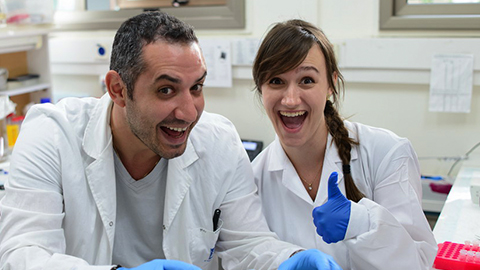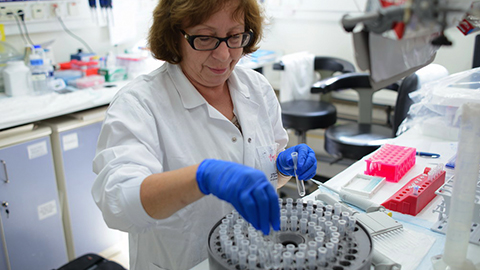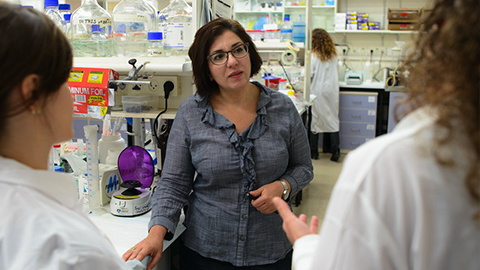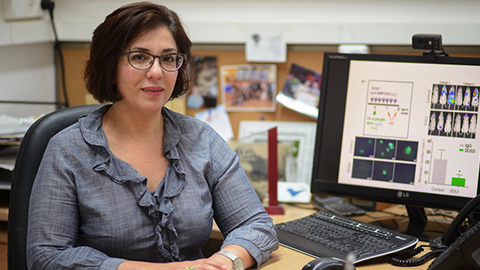The extracellular matrix (ECM) is a dynamic and complex structure that regulates multiple biological activities and provides both chemical and mechanical stimuli affecting cellular behavior in both health and disease. The ECM interacts with cells to regulate diverse cellular behaviors including proliferation, migration and differentiation. The ECM functions also as a rich reservoir of growth factors and other bioactive molecules that can be proteolytically released to regulate cell behavior. The ECM is composed mainly of collagen, proteoglycans and glycoproteins, as well as a large variety of ECM-modifying enzymes, ECM-bound growth factors, and other ECM-associated proteins. The ECM constantly undergoes controlled remodeling by enzymes such as matrix metalloproteinases (MMPs/ADAMs) and lysyl oxidases (LOX/LOXL). Dysregulated remodeling is associated with many diseases, including fibrosis and cancer. However, formidable challenges remain towards identifying the diverse roles that such enzymatic ECM reactions play in various biological scenarios, especially with regard to their distinct biophysical and biochemical effect on cellular behavior.
ECM proteolysis – MMPs & ADAMs: ECM proteolysis is the main process occurring during ECM remodeling and it is important for regulating ECM abundance, composition and structure, as well as for releasing bioactive molecules. Matrix metalloproteinases (MMPs) and a disintegrin and metalloproteinases (ADAMs( are the main families of enzymes involved in ECM degradation, and despite having overlapping substrates, it seems that in vivo they have specific roles (Solomonov et al., PNAS 2016). These enzymes play a pivotal role during ECM remodeling in homeostasis and in disease.
ECM cross-linking – LOX & LOXLs: Intermolecular collagen crosslinking is the formation of strong chemical bonds between collagen fibrils and adjacent fibrils and is important for regulating ECM stiffness, tensile strength, structural integrity and morphology. LOX and LOXLs are the main enzymes involved in ECM crosslinking and are key players in wound healing, scar formation and fibrosis.
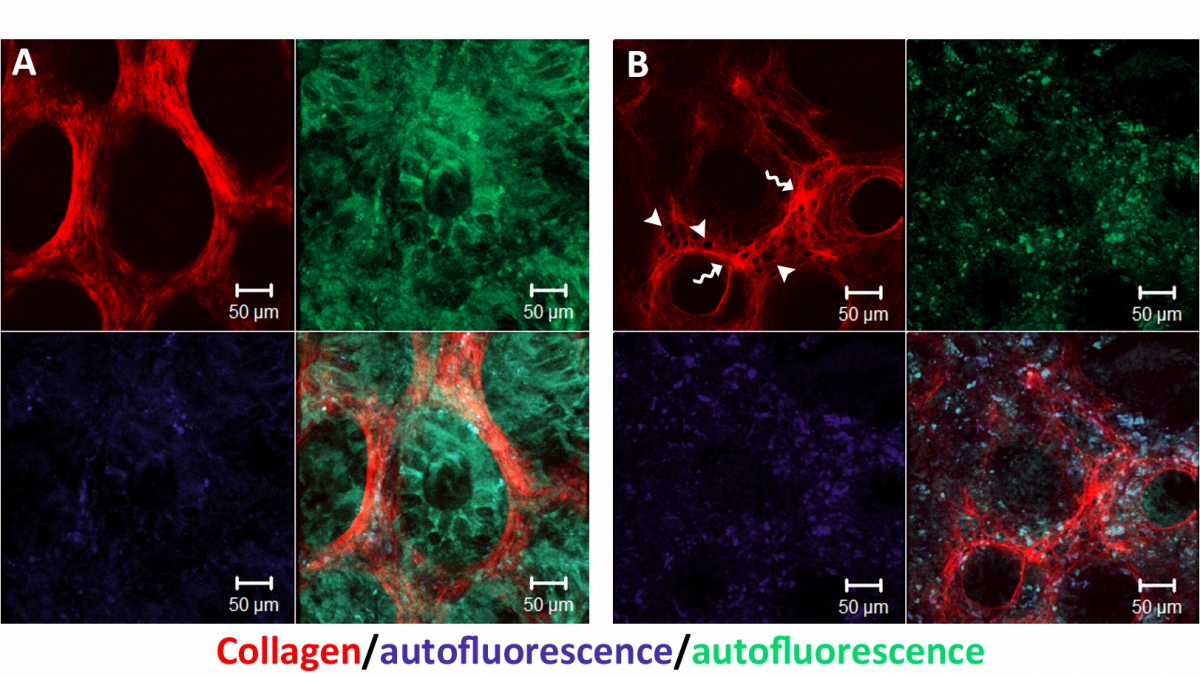
Second-harmonic imaging of native human colon biopsies revealing extracellular matrix remodelling in IBD. Left: Healthy colon biopsy from a patient without IBD. Right: Inflamed colon biopsy from a patient with IBD. Note the thickening of ECM barrier between crypts (indicated by curvy arrows), the formation of holes within this barrier (indicated by arrowheads) and changes in collagen microstructure. ( Shimshoni, Gut, 2015).




